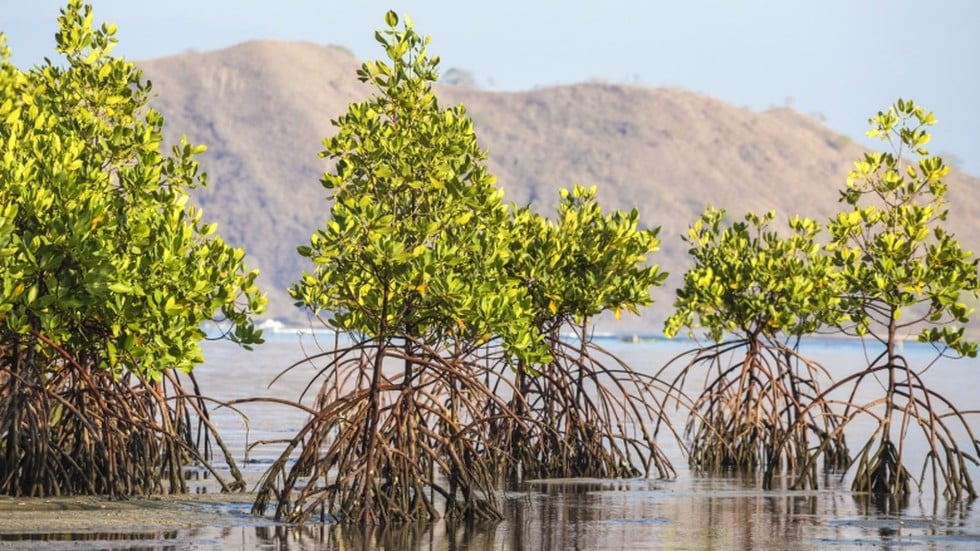About Mangrove Alliance for Climate (MAC):
- The alliance will raise awareness about the role of mangroves as a “nature-based solution to climate change”.
- The alliance will be amplified at the G20 Summit that will be held between November 15 and 16, 2022 in Bali under the presidency of Indonesia.
- The MAC seeks to scale up, accelerate conservation, restoration and growing plantation efforts of mangrove ecosystems for the benefit of communities globally, and recognize the importance of these ecosystems for climate change mitigation and adaptation.
Mangroves:
- A mangrove is a shrub or a small tree that grows along the coastlines and has roots in salty sediments, often underwater. They also grow in swamps.
- Mangrove forests can survive extreme weather conditions and require low oxygen levels to survive.
- The mangroves cannot survive freezing temperatures and thus are found mainly in tropical and subtropical latitudes.
- UNESCO celebrates July 26 as the International Day for the Conservation of the Mangrove Ecosystem to raise awareness about mangrove ecosystems and to promote their conservation.
- According to MAC, Mangrove forests can store ten times more carbon per hectare than terrestrial forests. Also, they can store carbon up to 400 per cent faster than land-based tropical rainforests.
- According to Global Mangrove Alliance (GMA), when the mangroves are cut, the carbon stored in these plants gets released into the air. So, preserving them to keep the carbon emissions levels low is necessary.
- Once the plants die, they take the stored carbon into the soil. This is called “Blue Carbon”.
- Moreover, Mangrove forests act as natural barriers against rising tides and storms. Each year, they prevent property damages of over $65 billion.
Mangroves in India:
- India contributes to nearly half of the total mangrove cover in South Asia.
- According to the Forest Survey report 2021 released in January, mangroves cover in the country is 4,992 square km, which is 0.15 per cent of the country’s total geographical area. Since 2019, the cover has risen by only 17 sq km.
- West Bengal has the highest percentage of mangrove cover in India, mainly because it has Sundarbans, the largest mangrove forest in the world. It is followed by Gujarat and Andaman, and Nicobar islands.
- Other states that have mangrove cover are Maharashtra, Odisha, Andhra Pradesh, Tamil Nadu, Goa and Kerala.
Source : PIB
Last updated on June, 2025
→ UPSC Notification 2025 was released on 22nd January 2025.
→ UPSC Prelims Result 2025 is out now for the CSE held on 25 May 2025.
→ UPSC Prelims Question Paper 2025 and Unofficial Prelims Answer Key 2025 are available now.
→ UPSC Calendar 2026 is released on 15th May, 2025.
→ The UPSC Vacancy 2025 were released 1129, out of which 979 were for UPSC CSE and remaining 150 are for UPSC IFoS.
→ UPSC Mains 2025 will be conducted on 22nd August 2025.
→ UPSC Prelims 2026 will be conducted on 24th May, 2026 & UPSC Mains 2026 will be conducted on 21st August 2026.
→ The UPSC Selection Process is of 3 stages-Prelims, Mains and Interview.
→ UPSC Result 2024 is released with latest UPSC Marksheet 2024. Check Now!
→ UPSC Toppers List 2024 is released now. Shakti Dubey is UPSC AIR 1 2024 Topper.
→ Also check Best IAS Coaching in Delhi






















